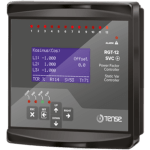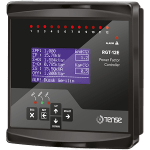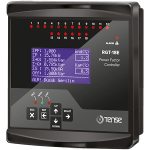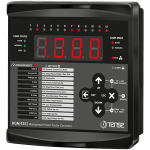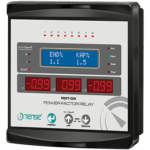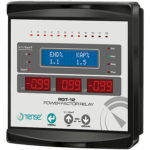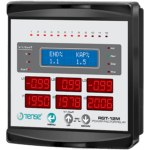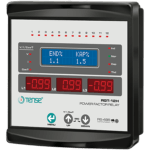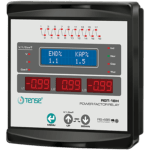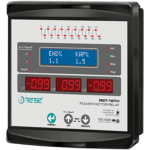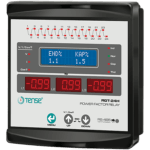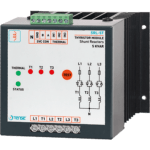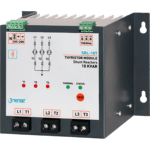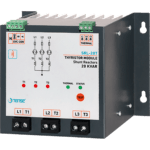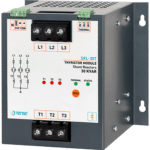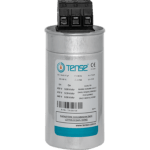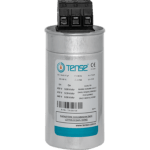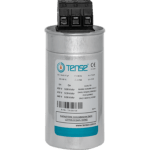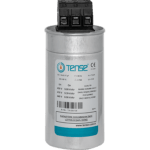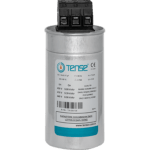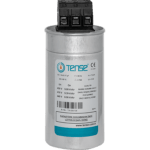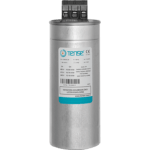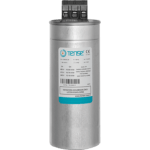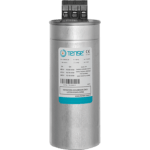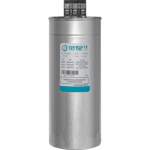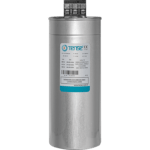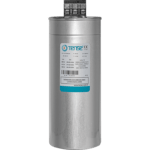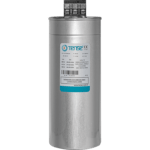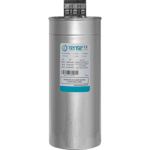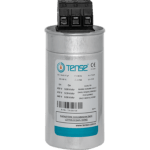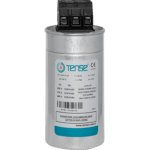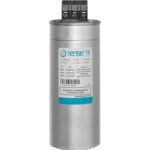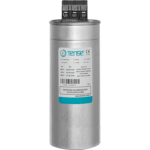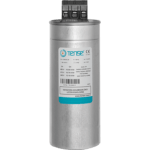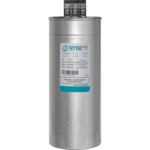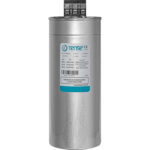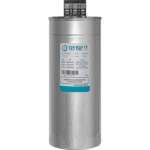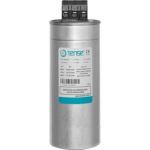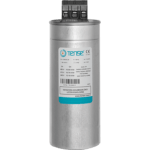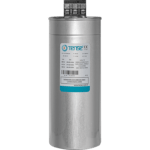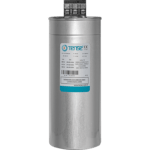Compensation PRODUCTS
WHAT IS COMPENSATION
If we look at the roots of the word compensation, we see that it means “compensating, recovery”. The technical term has a closer meaning. We can summarise this term as decreasing and minimising the losses.
The electricity experiences certain losses along the distribution path from the power plant to the consumer. In addition to the losses, users who try to take electricity from the grid will cause power factor surges in the grid due to the energy amount of power take-off.
Compensation is decreasing the reactive power on the grid due to these factors. Thus, the decrease in the power factor is prevented. Technically, this factor is defined as bringing the phase difference between the voltage and current to an ideal angle. Thus, the power factor (cosϕ) is corrected.
Why is compensation necessary?
We can answer this question as efficiency. Electricity is an energy type with an ever-increasing demand. The generations methods are limited and the generation is relatively challenging. Therefore, energy is becoming more and more expensive.
When we explained what compensation is, we said this was the losses during electricity distribution. This is due to the inductive reactive power-driven by the devices such as engines and transformers. Inductive reaction power does not generate any work. However, this power causes losses on lines, transformers and switches.
As consumers, you need to minimise these losses to use lower-cost electric power. Using less electricity will decrease your utility bills proportional to your usage amount. Also, the unit energy cost will decrease as the general energy demand decreases. Easier distribution to all other users supplied from the grid will be achieved.
How is compensation performed?
The main principle for compensation is the control of the reactive power in the system. The purpose is to take less reactive power from the grid by storing the non-work generating part of the reactive power or by making the system generate a reactive power in itself.
In this process, the reactive load need and usage duration of the system are continuously monitored and analysed. The usage is mainly done from the system itself. When the system reactive power is insufficient, the grid is preferred. Thus, all the draw power generates work and loss in idle operation are prevented.
What are the benefits of compensation?
- Decreases energy costs
- Increase device operation efficiency and production
- Prevents energy surges and related damages
- Decreases cost by enabling the use of lower capacity elements
- Directly helps to protect nature with decreased energy consumption


